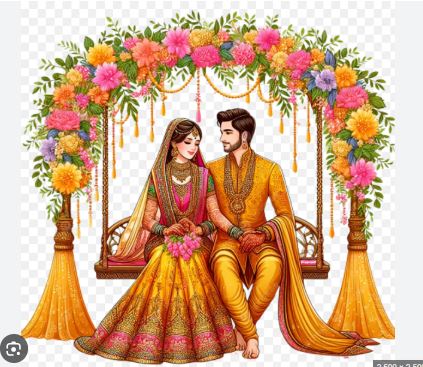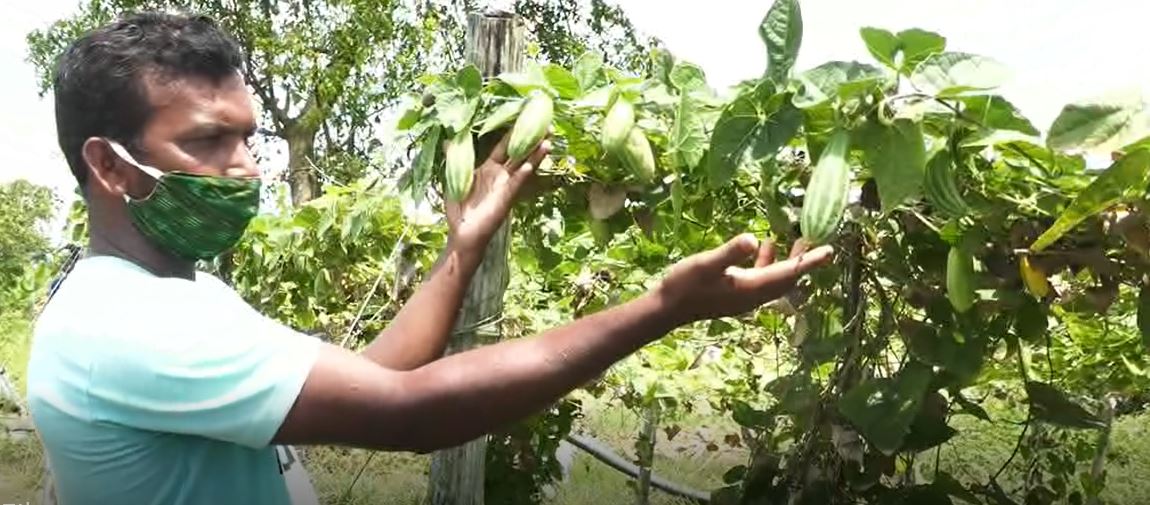If alive, Kuldip Nayar would have been 100 on 14 August. He was a journalist of international repute. He was also an author, diplomat and parliamentarian.
He served as press information officer to Govind Ballav Pant and Lal Bahadur Shastri. Subsequently he served as High Commissioner to the UK, and as a member of the Rajya Sabha. He held important positions in several newspapers and news agencies like UNI and PTI, the Statesman and the Indian Express.
He was a correspondent of The Times, London for twenty five years. His syndicated columns appeared in over eighty publications around the world. He also wrote several books including Between the Lines, Distant Neighbours: A Tale of the Subcontinent, India after Nehru, India House and Scoop.
Born in Sialkot in present day Pakistan he studied at Murray College in Sialkot and got a law degree from Law College in Lahore. He came to India during partition and landed in Delhi in search of a job. He got one- as a journalist. He writes about his first job in his book Scoop. “At the time an Urdu newspaper owned by a Muslim businessman was looking for a Hindu journalist. I fulfilled the proprietor’s requirements because he wanted his newspaper employee to also teach English and mathematics to his two children. The newspaper’s name was Anjam (The End). In a way I started my journalistic career from the end. I like to say, my agaz (beginning) was from anjam….
He stayed with Anjam for three months and then went to Medill School of Journalism in North Western University, Evanston, USA. The rest is history.
He breathed his last on 23 August 2018.
IGRMS
Bhopal has a human history museum, named Indira Gandhi Rastryia Manav Sangrahalaya- IGRMS. It is one of the largest anthropological museums of the country. Spread over 200 acres of undulating terrain on Shamla Hills overlooking the vast expanse of Upper Lake, it depicts the story of humankind in time and space. It has eight open air exhibitions and twelve indoor galleries. It also has a reference library for students, scholars and researchers.
But the most interesting part is the open air exhibition of tribal habitats. Located on the south eastern hill top of the museum campus, it presently has 40 exhibits comprising life size dwelling complexes, shrines and temples, youth dormitories, village gates and hamlets of the tribal communities including two from Odisha. These houses have been built exactly as they are in their places. The building materials, artifacts, doors, windows – everything have been brought from their native palaces. It has been put together by artisans brought from respective places.
Prof. Amitabh Pandey, the Director of IGRMS, a very friendly and energetic person, briefed me about the beginning of this centre- how this centre was started following a new interpretation of museum completely different from western understanding of museum. It attempts to showcase the living history- with the tradition and culture of a place and its people. The focus is on people- that is why it was named ‘human history’.
‘Why Bhopal’, I asked.
He said, it was initially planned to locate it in Delhi. But Delhi does not have a suitable place for the envisaged museum, which would have facilities to showcase the different topographies of India. Bhopal’s Shamla Hill, overlooking Upper Lake was suitable as it has a hill and water body and also prehistoric wall paintings.
It was raining when I was taken around by very helpful staff of the Museum. For the first time in my life I saw the interior of several tribal communities. It was an experience and education.
Poha-Jalebi
Poha (flattened rice, chuda in Odia, Chinde in Bangla) and jalebi is the most favourite breakfast and afternoon snack across Madhya Pradesh. Poha with sev sprinkled on it gives a tangi taste supplemented by the sweet jalebi. I am told the Poha-Jalebi of Indore is the tastiest.
I tried. It was good. But the jalebis were too sweet, definitely not for diabetic persons like me. So I took only Poha. People around looked at me with the look that tells: Man you do not know what you are missing.
Vegetable
Many people turn vegetarian in certain months. Many in Odisha turn vegetarian on Kartik (between Oct-Nov.). Many also turn vegetarian on Shraban(July-August). The price of vegetables increase during this time. But this time the increase in prices is very high. Many of the vegetables which normally sell between Rs 30 to 40, have soared to over hundred rupee a kilo.
My mother, who is 83, is mighty pissedup. Ladies Finger- hundred rupee a kilo! In our times, we used to buy vegetables for the whole month in less than that. Times have changed Ma, the vegetable vendor said philosophically.
Disclaimer:
This is the personal opinion of the author. The views expressed in this write-up have nothing to do with www.prameyanews.com.
































